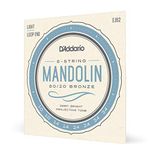10 bestMandolinsof December 2025
112M consumers helped this year.
1
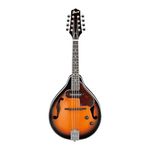
Ibanez Acoustic Mandolin with Electronics M510E-BS
Ibanez

9.9
2

Washburn Americana M1SD, Mandolin
Washburn

9.8
3
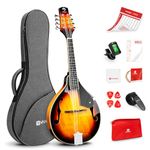
Vangoa A Style Mandolin Musical Instrument Sunburst, 8 String Acoustic Mandolin with Tuner, Strings, Bag, Picks
Vangoa

9.6
4

Havana MDE250 Mandolin
Havana

9.4
5
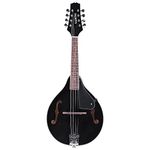
Kadence Acoustic Mandolin Black, A style, F Holes, 8 strings.
Kadence

9.2
6
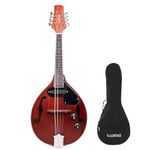
Kadence Solid wood Mandolin with Eq, A style, F Holes, 8 strings with tone and Volume knob
Kadence

9.0
7
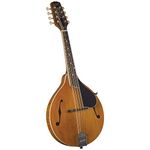
Kentucky KM-252 Artist A-model Mandolin - Transparent Amber
Kentucky

8.7
8
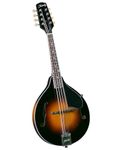
Kentucky KM-140 Standard A-model Mandolin - Sunburst
Kentucky

8.4
9
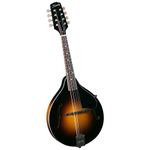
Kentucky KM-150 Standard A-model Mandolin - Sunburst
Kentucky

8.1
10
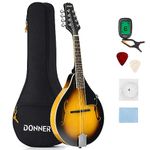
Donner A Style Mandolin Instrument Sunburst Mahogany DML-1 With Tuner String Big Bag and Guitar Picks
Donner

7.8
Best Reviews Guide Newsletter
Get exclusive articles, recommendations, shopping tips, and sales alerts
Sign up for our newsletter to receive weekly recommendations about seasonal and trendy products
Thank you for subscribing!
By submitting your email address you agree to our Terms and Conditions and Privacy Policy
